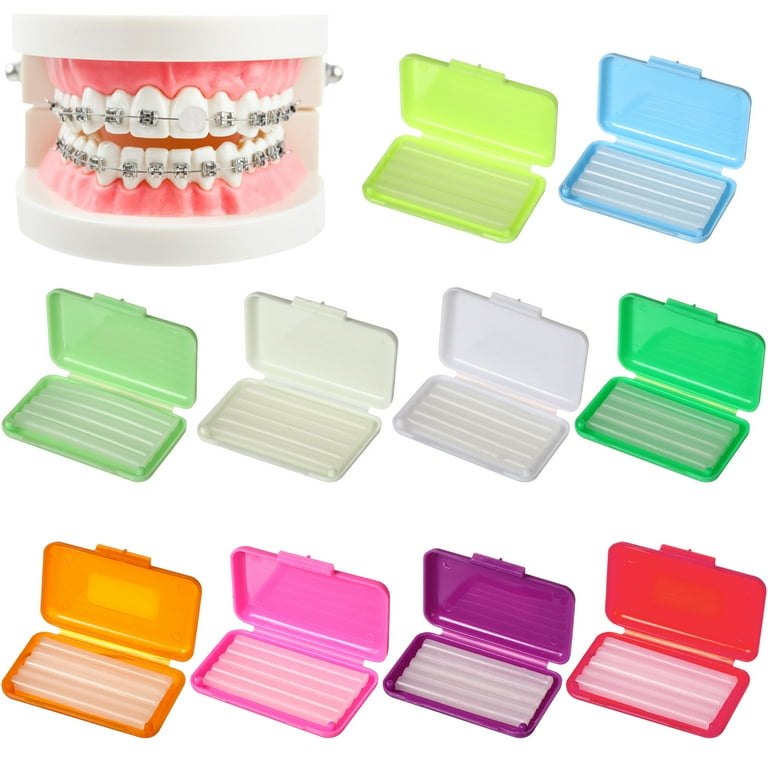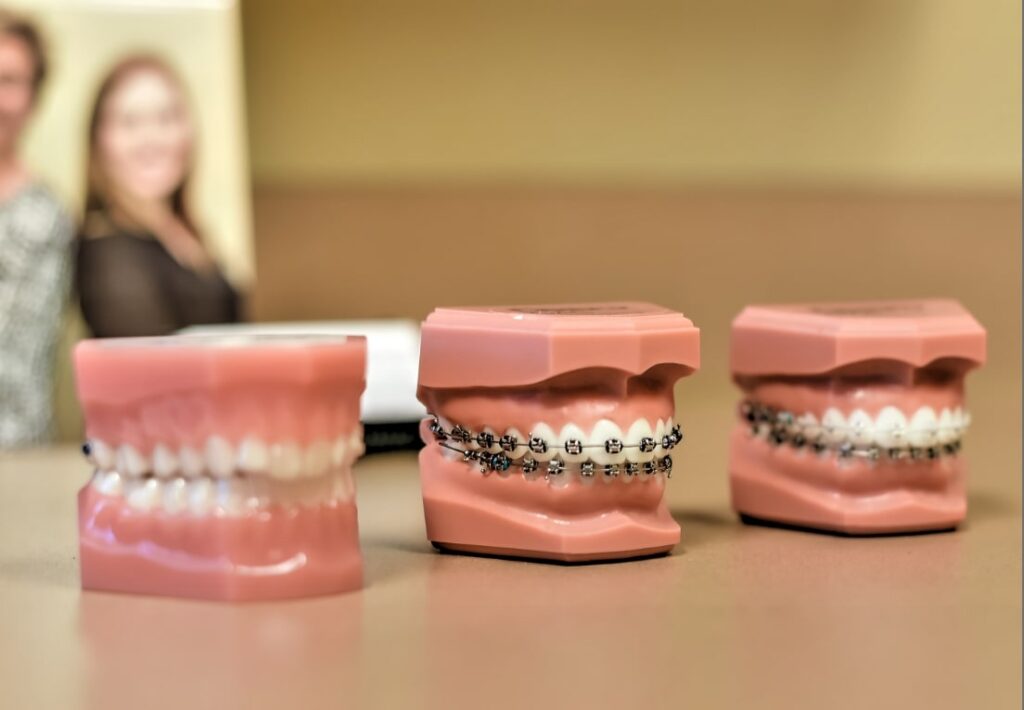Leading Tips for Selecting the most effective Cumming Orthodontist for Braces and Aligners
Wiki Article
Comprehensive Guide to Orthodontics Procedures for Dealing With Dental Misalignments
In the realm of orthodontics, the trip to attaining a completely straightened smile entails a myriad of procedures tailored to fix oral misalignments. From typical braces to undetectable aligners and also surgical choices, the area of orthodontics uses a variety of solutions to resolve varying levels of oral irregularities. Comprehending the details of each procedure, including their mechanisms, advantages, and prospective downsides, is vital in making educated choices concerning one's orthodontic treatment. As we browse through the extensive guide to orthodontic procedures for fixing dental imbalances, the intricate details of each method will certainly unravel, clarifying the course toward a harmonious and functional dental placement.Orthodontic Procedures Summary

Normal adjustments and tracking are important parts of orthodontic treatment to make certain development is on track and to make any type of required modifications along the way. By going through orthodontic procedures, patients can not only accomplish a straighter smile but additionally enhance their general oral health and function.
Typical Dental Braces: Just How They Work
When taking into consideration orthodontic therapies for dental misalignments, standard dental braces stand out as a tried and true technique for dealing with teeth positioning. Traditional braces include braces, cords, and bands that collaborate to use constant pressure on the teeth, progressively moving them into the desired positioning. The brackets are affixed to the teeth utilizing an unique adhesive, and the cables are threaded through the braces. By adjusting the tension of the cords, orthodontists can control the direction and force related to each tooth, leading them right into correct positioning with time.
As stress is used to the teeth through the dental braces, the bone bordering the teeth is improved to support the brand-new tooth positions. Clients will need routine modifications at the orthodontist's office to ensure the dental braces continue to apply the right pressure for reliable teeth movement.
Invisible Aligners: Disadvantages and pros
Unnoticeable aligners offer a practical and discreet alternative to conventional dental braces for correcting dental misalignments. These clear, customized trays are practically undetectable when used, making them an enticing option for individuals seeking a more cosmetically pleasing orthodontic treatment. One of the key benefits of unseen aligners is their removability, enabling for easier maintenance of dental health contrasted to conventional dental braces. Patients can remove the aligners prior to eating or cleaning their teeth, lowering the threat of food obtaining stuck in the home appliance and simplifying the cleansing process.
Surgical Orthodontic Options
Surgical treatments in orthodontics present viable options for resolving complex oral misalignments that may not be efficiently resolved through traditional orthodontic treatments. While traditional dental braces and invisible aligners can click over here fix many orthodontic problems, particular cases require surgical treatment to accomplish optimum results. Surgical orthodontic choices are commonly suggested for serious malocclusions, substantial jaw inconsistencies, and instances where the underlying bone structure requires adjustment to attain proper positioning.One common medical orthodontic procedure is orthognathic surgical treatment, which involves repositioning the jaws to fix practical concerns such as difficulty chewing or talking. This surgery is commonly performed in partnership with an orthodontist who aids straighten the teeth prior to and after the procedure. Surgical orthodontics may likewise include procedures to expose impacted teeth, remove excess periodontal cells, or reshape the jawbone to develop a more harmonious facial account.
Prior to considering medical orthodontic choices, individuals undertake an extensive analysis to identify the need and potential benefits of such treatments. best dental office braces. While surgical procedure might appear daunting, it can considerably boost both the function and aesthetic appeals of the smile in cases where conventional orthodontic therapies fail
Retainers and Post-Treatment Care

Post-treatment care includes following the orthodontist's directions diligently. This might consist of appropriate oral hygiene techniques, attending follow-up appointments, and putting on the retainers as recommended. Failure to follow post-treatment care instructions can result in relapse, where the teeth slowly return in the direction of their original positions. Constant retainer wear, great oral health, and regular oral examinations are vital for preserving the outcomes attained with orthodontic surgery and ensuring the long-lasting security of the corrected oral positioning.
Verdict
To conclude, orthodontic treatments offer numerous alternatives for dealing with oral imbalances. Conventional dental braces make use of steel braces and cords to move teeth right into appropriate alignment. Unseen aligners supply a more discreet option but may not appropriate for all cases. Surgical orthodontic alternatives are offered for a lot more serious imbalances. Retainers are typically utilized post-treatment to keep the brand-new positioning. Generally, orthodontic treatments can successfully boost dental wellness and visual look.As we browse through the thorough overview to orthodontic treatments for correcting oral imbalances, the elaborate information of each approach will certainly unfold, losing light on the path toward a practical and harmonious oral alignment. - cumming orthodontics
One of the most usual orthodontic therapies is the use of braces, which are composed of steel brackets and wires that apply mild pressure to gradually shift teeth into the preferred position.When taking into consideration orthodontic therapies for oral misalignments, conventional dental braces stand out as our website a tried and true technique for remedying teeth positioning. Additionally, unnoticeable aligners may not be suitable for complicated orthodontic concerns that call for even more significant teeth motion, as they are generally advised for light to modest situations. Retainers are personalized orthodontic tools developed to hold teeth in their remedied placements after the conclusion of orthodontic therapy.
Report this wiki page